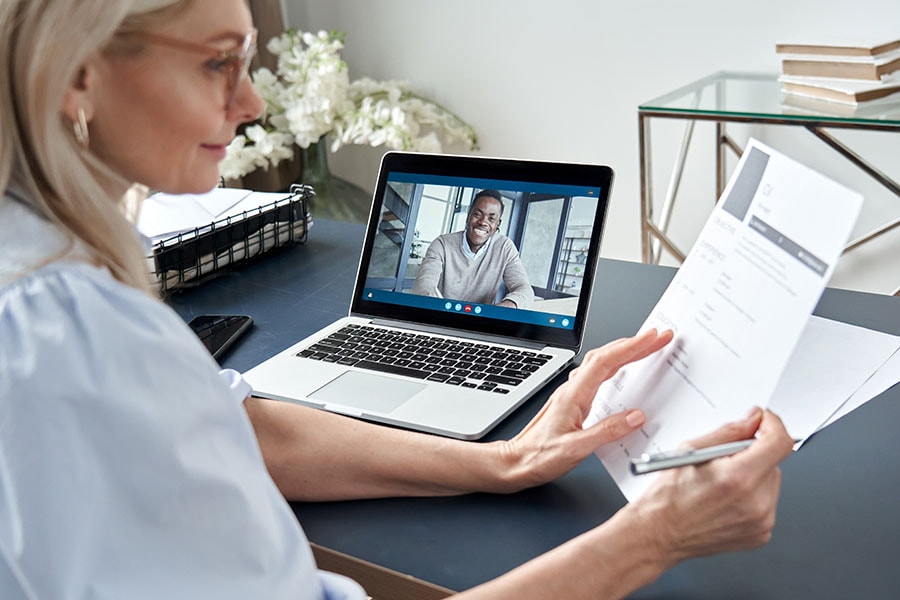Mastering the virtual job interview: 10 tips and tricks
Virtual job interviews have become the norm for those posting and seeking jobs, offering convenience but also presenting unique challenges. As you face this new world of job interviewing, it's crucial to adapt to this format
 In the interview process, the first and possibly second one are going to be virtual, If the position you're applying for or interviewing for is actually a remote job
Image: Shutterstock
In the interview process, the first and possibly second one are going to be virtual, If the position you're applying for or interviewing for is actually a remote job
Image: Shutterstock
Virtual job interviews have become the norm for those posting and seeking jobs, offering convenience but also presenting unique challenges. As you face this new world of job interviewing, it's crucial to adapt to this format.
Trisha Thompson, senior career coach at Thunderbird School of Global Management at Arizona State University, shared some tips and strategies on how to prepare for and participate in a virtual interview to help you shine in your job search.
Why it’s important to give a good remote interview
Thompson said the virtual interview is becoming more common. Also, because many more jobs are going hybrid or remote, virtual interviews can be a good insight to how you will work.“In the interview process, the first and possibly second one are going to be virtual, so you need to be prepared for that,” she said.
“If the position you're applying for or interviewing for is actually a remote job, this is how you will be working. You have to go into it thinking, ‘This is how I work, and I am presenting. I'm not FaceTiming, I'm not watching TV. I'm engaged, and I'm in a meeting, and this is how I work.’”
[This article has been reproduced with permission from Knowledge Network, the online thought leadership platform for Thunderbird School of Global Management https://thunderbird.asu.edu/knowledge-network/]

















